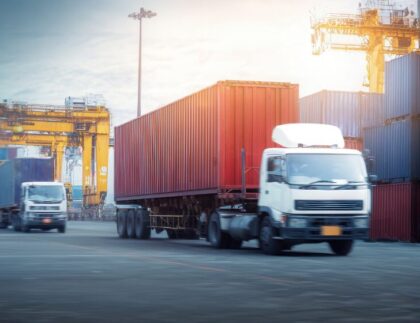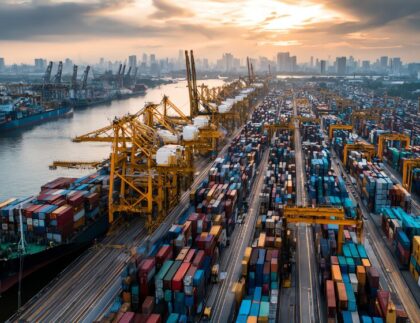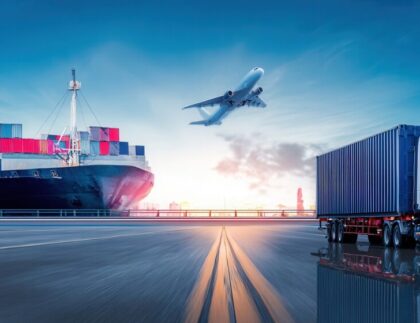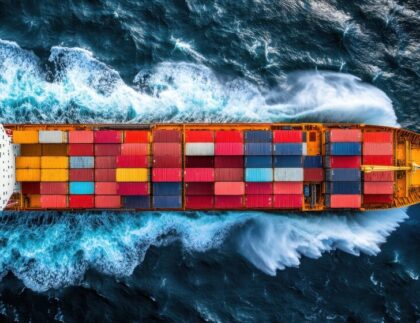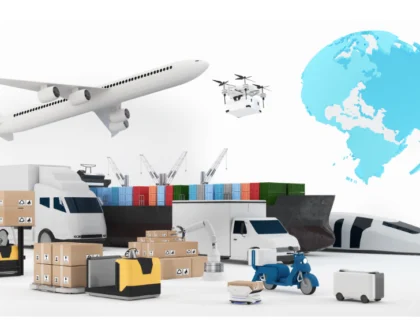
The global logistics landscape is undergoing a profound transformation, and freight forwarding stands at the heart of this shift.
As economic activity intensifies across emerging markets, new growth corridors are reshaping global trade patterns. These evolving transportation networks and trade routes are not just facilitating the movement of goods—they are unlocking unprecedented market opportunities for 2026 and beyond.
This article explores the most promising corridors, examines the role of logistics infrastructure and supply chain expansion, and highlights the economic regions poised to drive the next wave of international commerce.
1. The Strategic Role of Freight Forwarding in Emerging Markets
Freight forwarders are critical intermediaries in the movement of goods, linking shippers with carriers and navigating the complexities of cross-border logistics. In emerging markets, their role becomes even more strategic. These regions often experience rapid economic growth but may face fragmented regulatory systems, uneven infrastructure, and evolving trade policies.
In 2026, as global supply chains diversify away from over-reliance on single manufacturing hubs, freight forwarders are expected to play a pivotal role in bridging these gaps. By combining localized knowledge with global networks, they enable businesses to optimize routes, reduce costs, and maintain supply chain resilience.
2. Asia–Africa Trade: A Rapidly Expanding Corridor
One of the most dynamic growth corridors to watch is the trade route between Asia and Africa. Over the past decade, Asia has emerged as Africa’s leading trading partner, driven by investment in manufacturing, agriculture, and technology. This trend is set to accelerate in 2026.
- Key Trade Routes: Maritime corridors linking ports in China, India, and Southeast Asia with East African hubs such as Mombasa (Kenya), Dar es Salaam (Tanzania), and Djibouti are witnessing significant expansion.
- Infrastructure Developments: Investment in new port terminals, inland container depots, and rail links across East Africa is improving connectivity. For freight forwarders, these upgrades offer opportunities to develop end-to-end solutions spanning maritime, rail, and road transport.
- Market Opportunities: Sectors like construction materials, machinery, consumer goods, and food exports are expected to see steady growth, creating demand for efficient freight forwarding services.

3. Latin America’s Logistics Renaissance
Latin America is emerging as a critical logistics hub, thanks to infrastructure modernization and regional trade agreements. Countries like Brazil, Mexico, Colombia, and Chile are investing heavily in transportation networks, modern ports, and digital customs systems to boost their role in global trade.
- Strategic Corridors: The Pacific Alliance and Mercosur agreements are encouraging smoother trade between South America and Asia, particularly via the Pacific coast ports. Additionally, North America–Latin America trade is being reinforced by nearshoring trends, as companies look to relocate supply chains closer to the U.S. market.
- Supply Chain Expansion: The growth of e-commerce and automotive manufacturing in Mexico is driving demand for multimodal freight forwarding services, including air freight for high-value goods and cross-border trucking.
By 2026, freight forwarders capable of integrating digital tracking, customs brokerage, and multimodal transport in Latin America will have a competitive edge.
4. Middle East as a Global Logistics Hub
The Middle East is rapidly consolidating its position as a strategic connector between Asia, Europe, and Africa. Its geographic location, coupled with investments in world-class logistics infrastructure, is transforming the region into a major transportation network hub.
- Key Developments: Countries such as the UAE and Saudi Arabia are spearheading initiatives like Vision 2030, focusing on smart ports, bonded logistics zones, and free trade agreements.
- Trade Routes: Air freight through Dubai and Doha is already dominant, but the expansion of rail and road corridors linking the Gulf to the Mediterranean and Africa will create new growth opportunities for freight forwarders.
- Market Opportunities 2026: The rise of renewable energy exports, construction materials, and e-commerce fulfillment centers is expected to fuel demand for efficient forwarding services.
5. Southeast Asia’s Supply Chain Expansion
Southeast Asia continues to attract global manufacturers seeking alternatives to traditional hubs. Vietnam, Indonesia, Malaysia, and Thailand are becoming essential nodes in diversified supply chains. The economic growth regions of ASEAN are projected to sustain strong GDP growth, making them central to supply chain expansion strategies.
- Logistics Infrastructure: Investments in deep-sea ports (e.g., Vietnam’s Cai Mep–Thi Vai), expressways, and cross-border rail lines are improving connectivity within the region and with global markets.
- Trade Routes: The establishment of new regional trade agreements such as RCEP is boosting intra-Asian trade, driving demand for flexible freight forwarding solutions.
- Freight Forwarding Opportunities: Companies that can offer agile, tech-enabled services will be well-positioned to support exporters and importers navigating complex customs and multimodal options.

6. Digitalization: A Key Enabler
Across all these corridors, digital transformation is reshaping how freight forwarders operate. From blockchain-based documentation to AI-driven route optimization, technology is enabling faster, more transparent, and more reliable operations. Emerging markets, traditionally hampered by bureaucratic inefficiencies, are leapfrogging older systems by adopting digital customs and e-logistics platforms.
Freight forwarders who invest in digital capabilities will not only streamline operations but also build trust with shippers seeking visibility and reliability.
7. Challenges to Watch
While the opportunities are significant, challenges remain:
- Infrastructure Gaps: Many emerging markets still face bottlenecks in last-mile delivery, rail capacity, and port congestion.
- Regulatory Complexity: Differing customs regimes and trade compliance standards can complicate operations.
- Geopolitical Risks: Trade disputes or regional instability can disrupt routes unexpectedly.
- Talent Shortages: Skilled logistics professionals are in high demand but short supply, especially in fast-growing economies.
Addressing these issues will require collaboration between governments, private investors, and logistics providers.

Conclusion: Positioning for 2026 and Beyond
As global trade diversifies and emerging markets rise in importance, the freight forwarding industry stands on the cusp of a new growth era. Growth corridors spanning Asia–Africa, Latin America, the Middle East, and Southeast Asia are becoming critical arteries of the world economy.
Enhanced logistics infrastructure, innovative transportation networks, and proactive supply chain expansion strategies are unlocking new market opportunities for 2026.
Freight forwarders that embrace digitalization, build strong local partnerships, and offer integrated, multimodal solutions will be best positioned to thrive in this evolving landscape. The corridors of today will shape the trade flows of tomorrow—and those who act now can become the leaders of the next decade.

